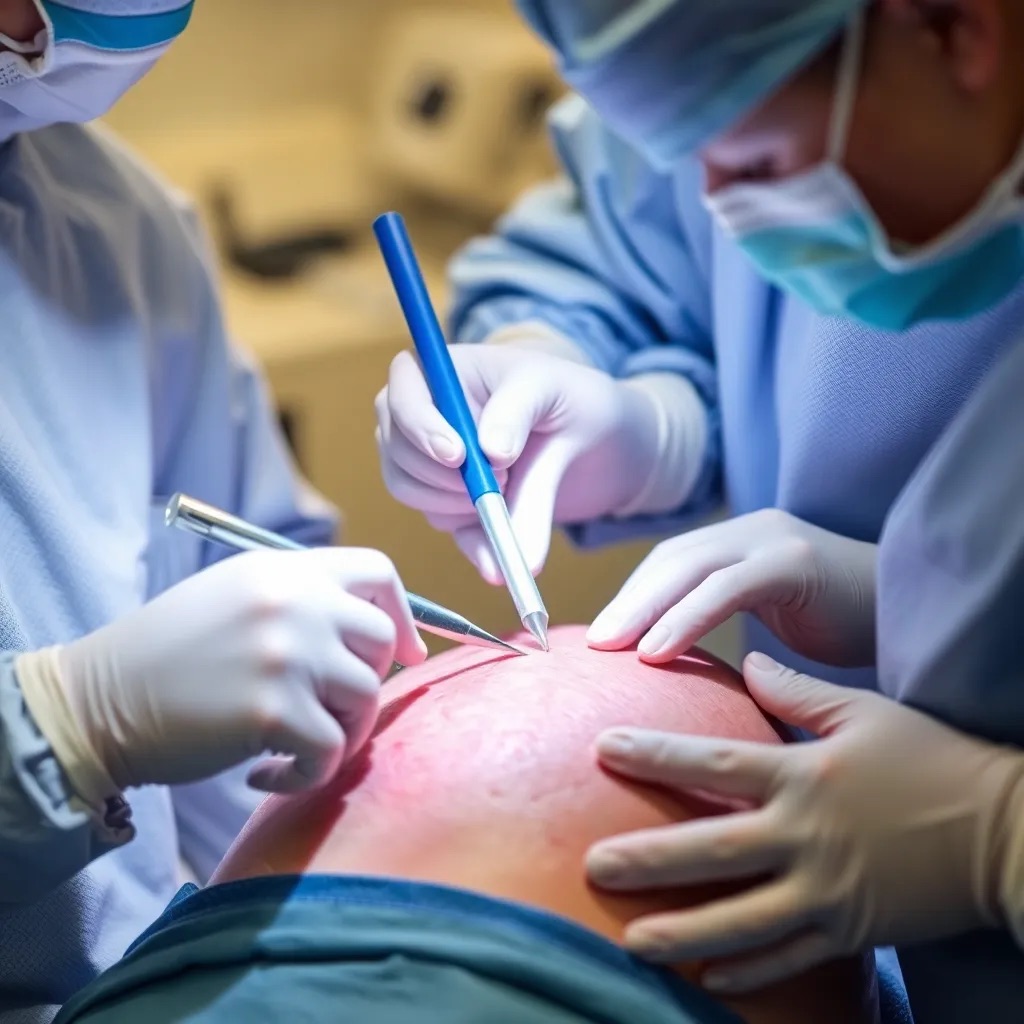Have you ever wondered how to restore burnt or damaged skin? Through a surgical process called skin grafting, healthy skin from another part of the body is used to replace defective or harmed skin. It is frequently applied to severe burns, wounds, or reconstructive procedures. This method enhances beauty and the standard of life by accelerating healing, minimizing scarring, and restoring function.
Skin Grafting Price
Skin grafting typically costs between ₱9,800 and ₱39,000, relying on the medical facility used and the body portion being treated. Because they require more specialized care, more sensitive or complicated parts, such the hands or face, typically have greater prices. To assist cut costs, several hospitals provide package discounts or bargains. It is best to check with surrounding hospitals to find out the most up-to-date costs, special deals, and possibilities for low-cost care.

Popular Hospitals and Clinics that Offer Skin Grafting
The overall price of skin grafting varies throughout institutions because of variances in medical specialization, intricacy of the process, and standard of facilities. The location and reputation of the hospital are other variables that may affect the total cost. Certain hospitals might use more sophisticated methods, which would increase the cost. The list of renowned clinics that provide skin grafting is provided below.
| Hospitals/Lab | Location | Contact | |
| MCU Hospital | MCU Hospital, EDSA, Caloocan City, Metro Manila | 023672031 to 45 | [email protected] |
| The Medical City | Ortigas Avenue, Pasig City, Metro Manila, Philippines | 0289881000 0289887000 | [email protected] |
| RVB Medical Group | 66 Alabang–Zapote Rd, Las Piñas, 1740 Metro Manila | 0288725449 | [email protected] |
| Manila Doctors Hospital | 667 United Nations Ave, Ermita, Manila, 1000 Metro Manila | 0285580888 | [email protected] |
| St. Lukes Medical Center | 279 E Rodriguez Sr. Ave, Quezon City, Philippines Rizal Drive cor. 32nd St. and 5th AveTaguig City, Philippines | 0287230101 0287897700 | [email protected] [email protected] |
| Zi Institute of Plastic Surgery and Dermaesthetics | Corner, 3rd Floor, Scout Center Building Sct. Limbaga, 55 Sct. Tobias St, Diliman, Quezon City, 1103 Metro Manila | 09178799667 | [email protected] |
| Centuria Medical Makati | Kalayaan Avenue 1210 Makati | 09176106267 | [email protected] |
| Asian Aesthetic Center Facial Plastic Surgery | Xanland Place Condominium, 323 Katipunan Ave., Loyola Heights 1105 Quezon City | 09615820082 | [email protected] |
| Providence Hospital | 1515 Quezon Avenue West Triangle 1104 Quezon City | 0285586999 | [email protected] |
| Avignon Clinic | Fort Victoria, 5th Avenue corner Rizal Drive, Bonifacio Global City 1634 Taguig | 09176368732 | [email protected] |
Video about Skin Grafting
FAQs
Why is skin grafting necessary?
When a wound is too big for normal healing or the skin destruction is excessive for regeneration, skin grafting is required. It enhances attractiveness, helps repair the skin’s layer of defense, and guards against problems like infections or severe scarring.
How is the skin graft donor site selected?
The donor site is chosen based on places where tissue is abundant and may mend nicely. Often, the back, buttocks, or thigh are used. These regions were picked to promote healing and reduce obvious scarring.
What occurs during the process of skin grafting?
In the process, healthy skin is taken from the donor location while damaged tissue is excised from the recipient site. After that, the extracted skin is covered over the recipient region and fastened with glue, staples, or sutures. To keep the graft safe while it heals, dressings are applied to it.
What is the duration required for a skin graft to heal?
Healing timeframes vary based on the kind of graft and the extent of the wound. Split-thickness grafts normally heal within 2-3 weeks, whereas full-thickness transplants may take longer. The donor location may leave minor scars, but it normally heals in a week or two.
What risks come with getting skin grafted?
Infection, graft failure, hemorrhage, or inadequate healing at the donor or recipient site are among the risks. Appropriate post-operative management lowers the chance of issues.
Will scarring from a skin graft be noticeable?
Although they frequently disappear over time, scars can remain at both the donor and recipient locations. The extent of the graft and the rate of wound healing determine the size and appearance of the scars. Scar creams and laser therapy are examples of post-surgical therapies that can help reduce their appearance.


